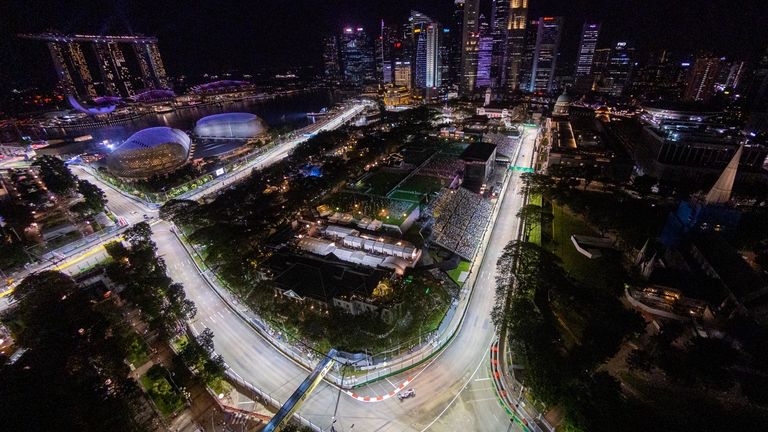The world-renowned Formula One Singapore Grand Prix is steering towards an eco-friendlier track. The Organisers recently unveiled ambitious plans to slash energy emissions by half by 2028.
With the roaring engines and dazzling lights, it may be surprising to many that last year’s Grand Prix in Singapore produced a whopping 2,372 metric tonnes of CO2 equivalent, with a staggering 96.1% arising from energy use. Transport, waste, and water contributed to the remaining 3.9%.
According to a report by ESI Africa, Sasha Rafi, the Director of Sustainability for the Singapore GP, emphasised the Grand Prix’s commitment to greener horizons. “Since our 2008 debut, we’ve been incrementally incorporating sustainability measures,” Rafi remarked.
“Today, technological advancements and evolving best practises allow us to accelerate our sustainable journey.”
Central to the organisers’ blueprint for a more sustainable race is the pivotal move away from diesel. Instead, they’ll champion the cause of hydrotreated vegetable oil.
The plan is to power half of the circuit park’s generators with this eco-friendly alternative by 2025, achieving full integration by 2028. By their estimates, a complete shift could curb carbon emissions by an impressive 52%.
This green initiative by Singapore GP dovetails with Formula 1’s broader sustainability vision set in 2019. Eyeing a net-zero emission goal by 2030, F1’s strategy encompasses more than just the vehicles; it extends to on-track activities and surrounding operations.
The objective is to render all F1 events sustainable by 2025. This includes tangible steps like eradicating single-use plastics and ensuring waste finds a new life through recycling, composting, or repurposing.
Further bolstering the eco-initiatives, the Singapore Tourism Board leapt at sustainability earlier this year by outfitting the pit building with solar panels. Their estimations suggest that electricity harvested from these panels throughout the year could power the entire building for a month.
Moreover, the iconic track lights that illuminate the circuit are undergoing a transformation. They’ll soon shine bright with energy-efficient LED technology, which is projected to cut electricity consumption by at least 30%.
In another nod to sustainability, the forthcoming event will feature solar-powered toilets, which are expected to conserve about 130,000 litres of water over the race weekend.
Motor racing enthusiasts and environmental advocates alike will have their eyes set on the upcoming Formula 1 Singapore Grand Prix, scheduled to rev up between September 15 and 17. The engines’ roar symbolises the sport’s accelerating commitment to a more sustainable future.



